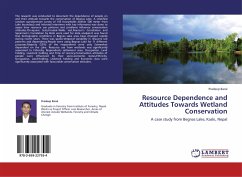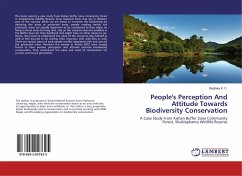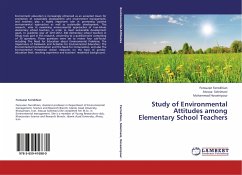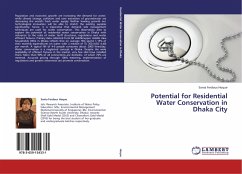The research was conducted to document the dependence of people on and their attitude towards the conservation of Begnas Lake. A stratified random questionnaire survey of 105 households (within 500 meter from Lake boundary) and informal interviews with key informants was done to assess how resource use patterns and problems influence conservation attitudes.Chi-square tests,Kruskal Wallis test,Pearson s Correlation and Spearman s Correlation by Rank were used for data analysis.It was found that demographic conditions in Begnas Lake area have changed rapidly during recent years. There was spatio-temporal variability in resource use patterns and dependency.People were using Begnas Lake for 11 different purposes.Majority (53%) of the respondents were only Somewhat dependent on the Lake. Resource use from wetlands was significantly associated to Ethnicity, Respondents settlement area, Occupation, Land holding, Livestock holding and Time of recency.Conservation attitudes of people wereinfluenced by their socio-economic status.Ethnicity, Occupation, Land-holding, Livestock holding and Economic class were significantly associated with favourable conservation attitudes.
Hinweis: Dieser Artikel kann nur an eine deutsche Lieferadresse ausgeliefert werden.
Hinweis: Dieser Artikel kann nur an eine deutsche Lieferadresse ausgeliefert werden.








